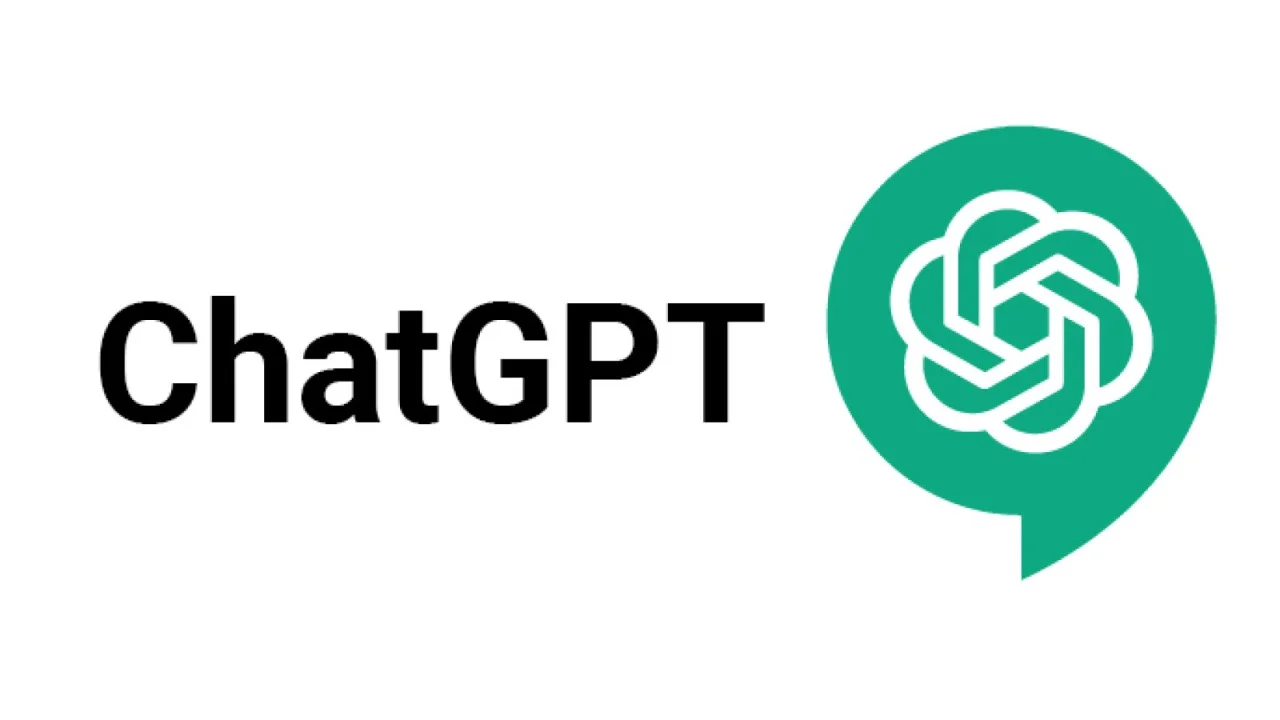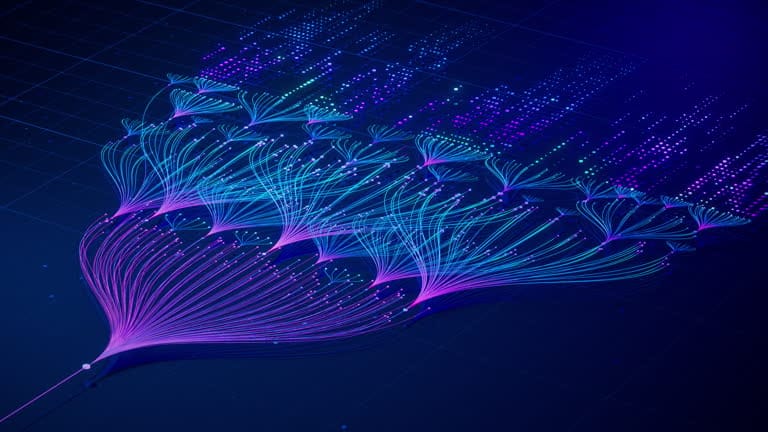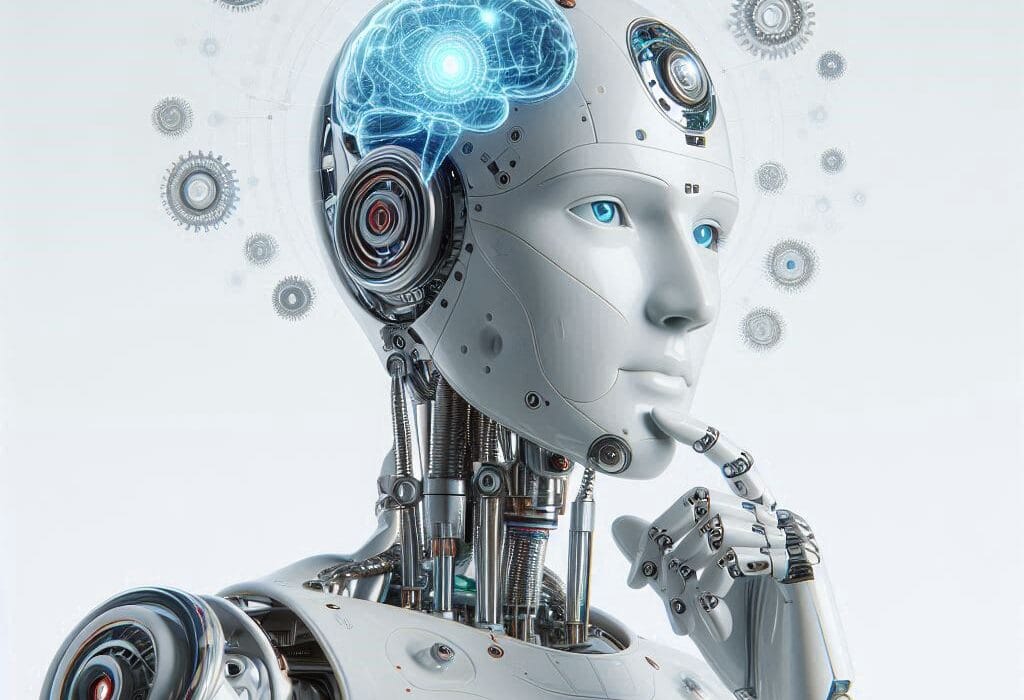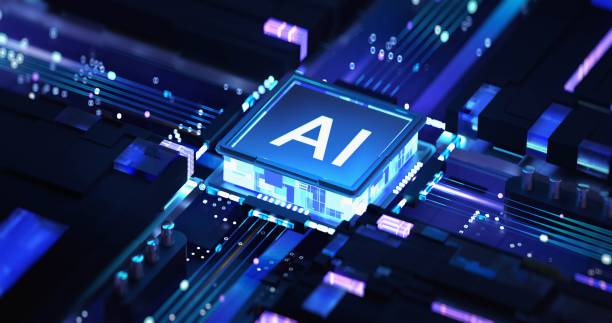Something revolutionary is happening in classrooms around the world, but you won’t always see it written on a chalkboard or scribbled in the margins of a textbook. It’s happening in conversations—digital ones—between students and a type of artificial intelligence that’s reshaping how we think, learn, and teach. That AI is ChatGPT.
From homework help to tutoring, from lesson planning to grading, ChatGPT and similar AI models are no longer the stuff of science fiction. They’ve become trusted partners, study buddies, curriculum co-designers, and brainstorming machines. But what does this really mean for the future of learning? Is ChatGPT simply a clever assistant, or does its presence mark a radical transformation in how we approach education itself?
In this article, we’ll journey deep into the heart of AI-assisted learning, exploring how students and teachers are actually using ChatGPT, what benefits and challenges it presents, and whether this new relationship with artificial intelligence could be a turning point in the history of education.
The Rise of ChatGPT in Education
When OpenAI released ChatGPT in late 2022, it quickly caught the attention of millions. Students were among the first to recognize its potential—some to get help on tricky math problems, others to write essays, and still more to learn subjects at their own pace. Within weeks, educators, parents, and academic institutions began realizing they were dealing with a game-changer.
Unlike traditional search engines that throw links at users, ChatGPT offers structured, coherent explanations tailored to individual needs. Ask it a question, and it responds like a human tutor—except it’s available 24/7, doesn’t get tired, and learns from a vast ocean of data. That unique capability has made it a magnet for both struggling learners and gifted students hungry to go beyond what the classroom can offer.
Educators, too, have joined in. Teachers use ChatGPT to brainstorm activities, build quizzes, explain concepts in multiple ways, or even translate materials into other languages. In some classrooms, AI is no longer a novelty—it’s becoming part of the educational toolkit, just like projectors and calculators once did.
How Students Are Using ChatGPT
For students, ChatGPT has become many things: a study partner, a mentor, a writing coach, and a research assistant. The flexibility of the AI model allows it to adapt to a range of educational needs and learning styles, which is why it has gained such widespread adoption.
One of the most popular uses is on-demand tutoring. Whether it’s calculus, chemistry, history, or philosophy, ChatGPT can walk students through problems step by step. It’s like having a teacher’s assistant who’s always available—and who never judges or penalizes you for not understanding the first time.
Another key use is writing assistance. For students struggling with essays, term papers, or creative writing, ChatGPT offers suggestions for structure, grammar, vocabulary, and even tone. It doesn’t just fix mistakes; it explains them. Over time, this helps students become better writers in their own right.
Some students use ChatGPT to learn new skills or prepare for standardized tests. From SAT and GRE prep to language learning and coding, ChatGPT offers explanations, practice problems, and mock exams. It’s especially effective because it tailors responses to the student’s current level, making it accessible even for those with gaps in prior knowledge.
Importantly, many neurodivergent learners—students with ADHD, dyslexia, or autism—find ChatGPT uniquely helpful. It allows them to process information at their own pace, ask the same question multiple times, and receive consistent, judgment-free feedback.
How Teachers Are Using ChatGPT
Teachers, too, are discovering that ChatGPT can lighten workloads and inspire innovation. In classrooms pressed for time and resources, AI can be a lifeline.
One of the most immediate benefits is in lesson planning. Teachers can input their subject, grade level, and curriculum goals, and ChatGPT can generate lesson outlines, discussion questions, activities, and even formative assessments. These aren’t cookie-cutter plans—they can be adjusted for difficulty, interactivity, or specific learning outcomes.
Another valuable use is differentiation. In a typical classroom, students may vary widely in their abilities. ChatGPT can help teachers provide tailored materials for different groups. For example, it can rewrite a science article for a fourth-grade reading level or provide advanced extensions for gifted learners.
In subjects like English and the humanities, ChatGPT serves as a creative brainstorming tool. Teachers use it to co-develop writing prompts, analyze literary themes, or design Socratic seminar questions. In STEM subjects, it helps create problem sets and lab simulations.
Many educators also rely on ChatGPT for feedback and grading support. While AI isn’t ready to replace a teacher’s judgment, it can assist in spotting errors, providing rubric-based evaluations, and even offering suggested feedback, thereby saving time and allowing teachers to focus on meaningful student interaction.
Redefining the Teacher-Student Relationship
At first glance, some may worry that AI like ChatGPT could diminish the human connection in education. But in practice, it often does the opposite—it frees up teachers to focus on what they do best: mentoring, motivating, and inspiring students.
By automating repetitive tasks and providing individualized learning support, ChatGPT allows more time for one-on-one engagement. Instead of spending hours grading or searching for resources, teachers can use that time to check in with students, provide real-time feedback, and foster deeper learning relationships.
In some classrooms, students use ChatGPT in tandem with teacher instruction. A teacher might introduce a concept, then have students ask ChatGPT to explain it in their own words. This dual exposure reinforces learning and allows students to discover new perspectives. Rather than replacing the teacher, ChatGPT becomes an extension of their teaching voice.
For students, the availability of an always-on tutor means they can engage in self-directed learning, revisiting topics they didn’t understand the first time or diving deeper into areas of interest. The role of the teacher shifts from being the sole source of knowledge to becoming a guide and coach in a student’s lifelong learning journey.
Potential and Promise: Personalization at Scale
One of the greatest promises of ChatGPT in education is its ability to personalize learning at scale. Historically, personalized tutoring has been a luxury available only to a few. With ChatGPT, millions of students can receive tailored explanations, quizzes, and guidance at any hour.
This personalization has the potential to narrow achievement gaps. Students from under-resourced schools or with limited parental support can now access high-quality academic help. Students with learning differences can receive materials in formats that suit their needs. For many, ChatGPT serves as an academic equalizer.
Moreover, it encourages curiosity. A student who wonders how black holes work, or why Shakespeare wrote in iambic pentameter, no longer has to wait for the next day’s lesson or hunt through a dense textbook. They can simply ask. This immediacy fuels intellectual engagement and makes learning feel exciting and dynamic.
ChatGPT can also act as a bridge across languages and cultures. For students learning English or teachers working with multilingual learners, it can translate instructions, simplify vocabulary, and offer explanations in multiple languages—all in real time.
Challenges and Controversies: The Double-Edged Sword
Despite its transformative potential, the rise of ChatGPT in education is not without challenges. At the top of the list is academic integrity. The fear that students will use AI to cheat—by generating essays, solving math problems, or answering test questions—has prompted debates in schools and universities around the world.
Some institutions have responded with bans, while others are adapting their assessment strategies to emphasize critical thinking, in-class discussions, and project-based learning—tasks that are harder to outsource to AI. Rather than fighting the technology, many educators argue, we should teach students how to use it ethically and thoughtfully.
Another concern is over-reliance. If students use ChatGPT for everything, will they stop thinking for themselves? Will their writing skills deteriorate? These are valid questions, but they can be addressed by fostering AI literacy—teaching students when and how to use AI as a tool, not a crutch.
There are also concerns about bias and misinformation. While ChatGPT strives for accuracy, it can occasionally produce incorrect or biased responses, reflecting the imperfections in the data it was trained on. This highlights the importance of teaching students to fact-check and think critically, regardless of the source.
Finally, there’s the question of data privacy and access. Not all students have equal access to digital tools, and questions remain about how AI platforms collect and use user data. Ensuring equitable access and transparent policies will be crucial in shaping the responsible use of AI in education.
Case Studies: Real Schools, Real Transformations
Across the globe, schools are experimenting with integrating ChatGPT into their classrooms—and the results are often striking.
In New York City, after initially banning ChatGPT, public schools began pilot programs where students used the AI to enhance their writing skills. Teachers reported improved engagement, especially among students who had previously struggled with academic confidence.
In Japan, teachers are using AI chatbots to help students practice English conversation in low-pressure environments. In Finland, known for its progressive education system, schools are incorporating AI literacy into digital citizenship curricula.
In South Africa, nonprofit groups are using ChatGPT on mobile phones to provide tutoring in underserved communities, where teacher shortages are common. Students who had never before had access to personalized instruction are now receiving daily support in math and science.
In university settings, professors at Stanford and MIT are using ChatGPT in data science and ethics classes, encouraging students to interrogate AI responses and explore the technology’s strengths and limitations.
These real-world examples show that AI in education isn’t just a fad—it’s a movement with global momentum.
ChatGPT and the Future of Educational Design
As AI becomes more integrated into learning, the very structure of education may evolve. Traditional models—based on fixed curricula, standardized tests, and lecture-based instruction—could give way to more fluid, interactive, and student-centered designs.
Imagine a classroom where each student has a personalized learning path, shaped by a combination of human teachers and AI. Lessons could adjust in real time based on student performance. Feedback would be immediate. Learning would be continuous, creative, and connected to the real world.
Teachers, instead of delivering the same lecture year after year, could focus on mentoring, coaching, and designing experiential learning activities. Schools could become innovation hubs where students solve real problems with the help of AI-powered research and collaboration tools.
This vision may sound futuristic, but the foundation is already being laid. ChatGPT and its successors are pointing the way toward a more adaptable, responsive, and inclusive educational system—one that recognizes that every student learns differently and that learning never truly ends.
Ethical Education in the Age of AI
As students grow up alongside AI, schools must take on a new responsibility: to prepare young people not just academically, but ethically. Understanding how to use AI responsibly—respecting privacy, recognizing bias, asking good questions, and verifying information—must become core components of education.
Critical thinking, creativity, emotional intelligence, and collaboration will be more important than ever. These human skills, which AI cannot replicate, will define the successful learners of the future. And it is the partnership between humans and machines—not the replacement of one by the other—that will define the classrooms of tomorrow.
Conclusion: A New Era of Learning
So, is ChatGPT the future of learning? The answer is both yes and no.
Yes, because AI is already transforming how students learn and how teachers teach. It’s breaking down barriers, personalizing instruction, and making knowledge more accessible than ever before.
But also no—because the future of learning isn’t about technology alone. It’s about how we use that technology to enhance human potential. ChatGPT is a tool—a powerful one—but it is human curiosity, empathy, and wisdom that will shape the learning landscapes of tomorrow.
As we stand at this educational crossroads, the question is not whether AI will change learning—it already has. The real question is whether we will rise to the opportunity it presents: to build a future where every learner, regardless of background or ability, has the tools to thrive, the guidance to grow, and the freedom to wonder.






